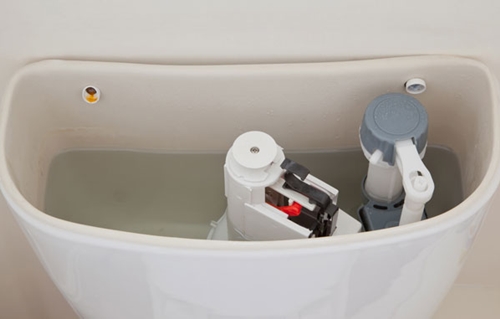Why Choose Quintessential Plumbing?
It’s simple:
-
- We Love People & Plumbing
- Lifetime Workmanship Warranty
- Totally Dependable
- Fixed Pricing
- 24 / 7 Emergency Response
- Reputable Plumbers with over 100 reviews online
$100 off hot water systems
get job discount
Book online to receive $50 off
get job discount
Blocked drain services from $88
get job discount
It has been estimated that on the average, most people phone in an expert plumber around once each 3 years for there ordinary plumbing problems. The ordinary plumbing problems may include basic troubles like dripping faucets, and all the way throughout to the major leakages.
The plumbing issues came in every sort of sizes and shapes, from the inexpensive and relatively minor problem, like the running toilet or the dripping faucet, all the way down to the sewer system backup and the major pipe leak able of causing some more damage to the personal property, floors, and walls.
It’s listed here the most common topics that may require the requirement for some sort of plumbing drive. You can minimize or prevent the problems from taking place when you know the kinds of issues that normally happen.
These are some of the common problems, the causes, and also how they may be fixed. Some troubles had been relatively straightforward for you to deal with, and also some will almost surely require the assistance of the expert plumbers.
Most common plumbing troubles are:
Slow draining sink, shower drains, sewer system backup, running toilet, low water pressure, leaky pipes, jammed garbage disposal, faulty water heater, dripping faucets, clogged toilet, and clogged baths.
Clogged Bath or the Shower Drain – Because of the slow draining bath and shower drain and the bathroom sinks usually get blocked up because of the clogs of soap and hair. Clearing the blockage will require the utilization of the plunger or the snake. Vinegar or baking soda will at times dissolve those clogs too. The trouble usually gets worse as time goes, if not dealt properly. The problem will be minimized or prevented through buying the drain guard in catching the hair.
How to unblock the shower drain by using the Plunger:
- Add some petroleum jelly into the edge of a suction pad which will improve a seal.
- Be sure that there is sufficient water in your shower and so that the plunger end will be submerged, then, plunge vigorously.
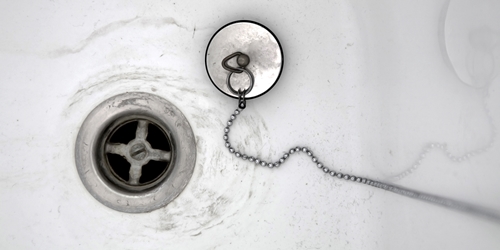
Clogged Toilet – When a toilet bowl filled-up and does not drain away, you have got a clog. This blockage is usually caused by the mixture of human waste and paper. Clogged toilets will normally be attached to the plunger. If this will not properly work, then the drain auger or the sewer snake will be used in loosening up a blockage.
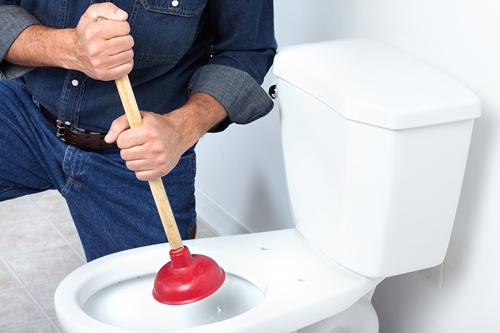
Dripping Faucets – The dripping faucets are considered as the most common that it is very rare to locate to someone who has not experienced this trouble. It is not just the source of irritation; because the water waste may push up the water bill and will cost you money. The single faucet will drip away gallons of up to hundreds over the flow in a year.
The dripping faucets cause in most cases has been an internal washer which had been dislodged, stiff, torn, or worn over time. Putting in the trouble is usually achieved by an average householder; however, it may require the appropriate tools.
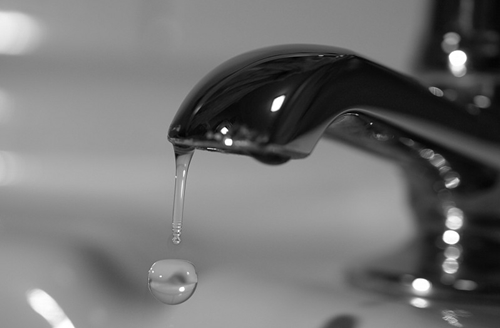
Faulty Water Heater – The trouble cannot be located until you had been in a shower and your water temperature abruptly goes cold. There had been many troubles that will cause the water heater to not pass. The pilot light will go out, and then, you need to relight it again. The sediment build-up in the tank will also cause some problems. Another time, this will be a thermostat which is being at fault.
Commonly speaking, you may want an expert to inspect, fix or maintain your water heater, except it is something very basic like a pilot light that need to be relit. The low water pressure had an assortment of potential causes. When it is the hot water only that is weak, then, the trouble can just be connected to the shut off valve on the hot water heater and you must make sure that it’s totally open.
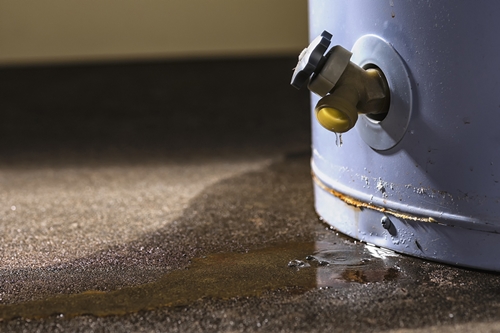
Jammed Garbage Disposal – The garbage disposals had been very useful appliances, however, sometimes, they are also doing some jams. Running them with no water at all, disposing certain food particles like those potato peels and corn husks and permitting silverware to get in will all cause troubles.
Your initial step in fixing the trouble must always be to strike with the reset button, however, when this will not work, then, you may need to unlock it up. When you have lost a key that arrive with the trash disposal, then, that 1/4 inch of Allen wrench may be utilized to free a motor.
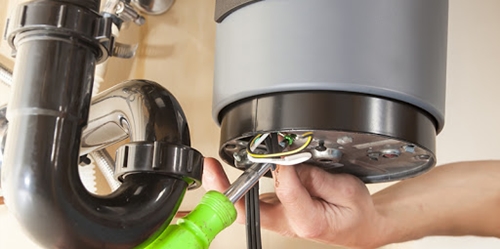
Leaky Pipes – The leaky pipes will be over just a nuisance, this will cause harm to the floors and the furniture and the humidity will encourage bugs such as cockroaches. The leaks almost always happened in the pipe joints. Compounds, fillers and tape may usually provide the temporary fix, however, for a thing that is even more permanent, change the pipe piece or the connected fittings.
The leaks are even more common during the winter if the water will freeze, expand, and will cause the pipes to rupture.
How to prevent the pipes bursting during winter?
- If the weather is cold, allow that cold water to drop from your faucet served by the exposed pipes. The running water, even with the trickle, helps to shun the pipes from chilling.
- Maintain the thermostat set with the similar temperature both night and day.
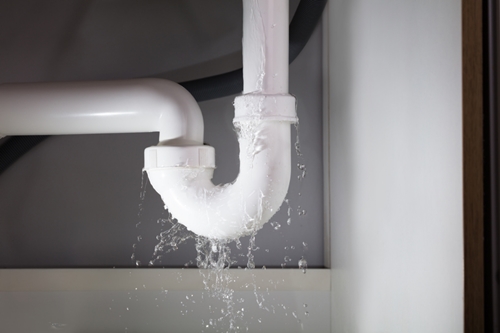
Low Water Pressure – When the water trickles outside of a tap instead of the gushes, this can be the symptom of the low water pressure. It is normally the trouble of the old houses.
Low water pressure may be caused by the leaking pipes which had been worn, corroded or broken over time. Typically, it is caused by the build-up of mineral deposits and sediments on aerators. You may soak an aerator in vinegar so it can be cleaned. When it is you shower that is becoming the problem, so you have to either replace it or soak your showerhead in the vinegar.
How to clean the shower head with the use of vinegar:
- Dismantle and then clean off any soap or dirt.
- Use the toothbrush that is soaked in vinegar for loosening or scrubbing any mineral deposits.
- Aid with a toothpick or a safety pin to poke off those loose deposits.
- Soak those parts in vinegar over the night to dissolve if there are any leftover deposits.
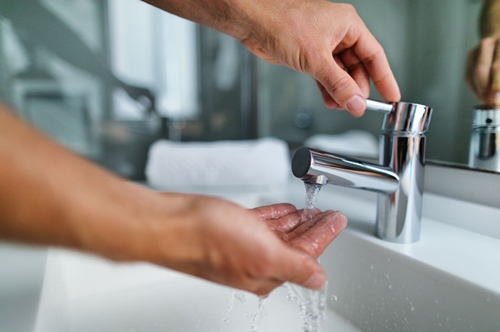
Running Toilet – The running toilet may be expensive and about 200 gallons of your can be lost every day. The most usual culprit is the faulty flapper valve that controls the water which passes from a tank to a bowl. It is fairly straightforward fixed with the toilet repair kit that can be availed in any hardware store.
The less commonly, toilet flows can also be the caused by the sediment affecting the filling and the flushing. When the water bills seemed to be high, checked for the silent leaks. Place some food coloring in the upper tank, then, observe if this will make their means to a bowl without the need to flush.
Slow Draining Sink – It is the type of problem that has been typically caused by the blockage that has been restricting the water flow. The kitchen sink drain will have things like food remnants and congealed fat. In the bathroom sink, a blockage is even more likely to become the reason by the soap and knotted hair.
The methods for clearing the clogged sink will contain using the plunger, pouring down vinegar and baking soda or the chemical clog remover, and also by using the plumber’s snake. When the trouble is not being tackled, then, this will likely worsen in due time, until finally a drain is totally blocked.
How to unblock the sink drain through the use of chemicals:
- Be sure to chase every direction on the wrapping and be sure not to utilize that much.
- Wear goggles and gloves for your safety.
- Do not mix the chemicals, because this will create a poisonous gas.
- Pour the chemicals down your drain.
Take note that the chemicals will cause damage to the drainage pipes when this is being used repeatedly, so it is recommended not resorting into this method lightly.
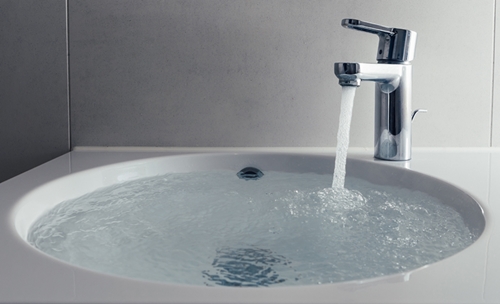
Shower drains – This is prone to being clogged by the soap or hair. The problem may be especially acute when the users have, the longer hairs that will cause large knots. The shower drain will assist in preventing troubles from developing through catching the hair.
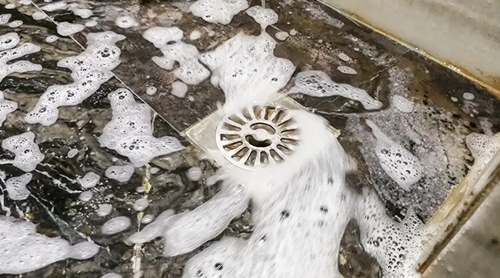
Sewer System Backup – These are frankly, and a total nightmare. They are nasty, smelly, inconvenient, and will be costly to fix. When you have several drains and toilets that are not functioning well, the human waste or the bad odor will likely be your problem.
The accountability in fixing the issue will really depends on that blockage location. When this is your property, then, it is your problem. When this is out on a public road, then, the water company must fix it. Unluckily, you will need to pay for the plumber just to search for the blockage, though it is usually worth calling the water company first, because they will not charge you if it is their fault.
The three common causes are:
- First, the main line sewer is clogged. So, to minimize this from taking place, and watch what you are flushing down the toilet (no facial tissues, napkins and diapers) and shun from tipping grease down the drain.
- Second, the tree roots had invaded the pipes. The roots may push by the cracks in pipes and even surround the pipe and then, crush it.
- Third, the old sewer lines will break or even collapse. The modern sewer lines had been created from plastics, but they had been made from clay or cast iron, which are being prone to some decay over time.
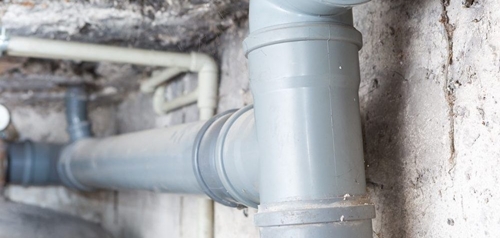
There are so many plumbing problems that are straightforward enough for resolving without the need of the plumber, provided that you have the proper equipment, and some of those reliable advices and instructions. You must always switch off your water main and then dress appropriately.
Reference:
Related Pages:
- Plumbing Knowledge Base
- 5 Common Plumbing Troubles of Old Houses
- Plumbing Codes – The Beginner’s Guide
- Plumbing Tools and Equipment’s



